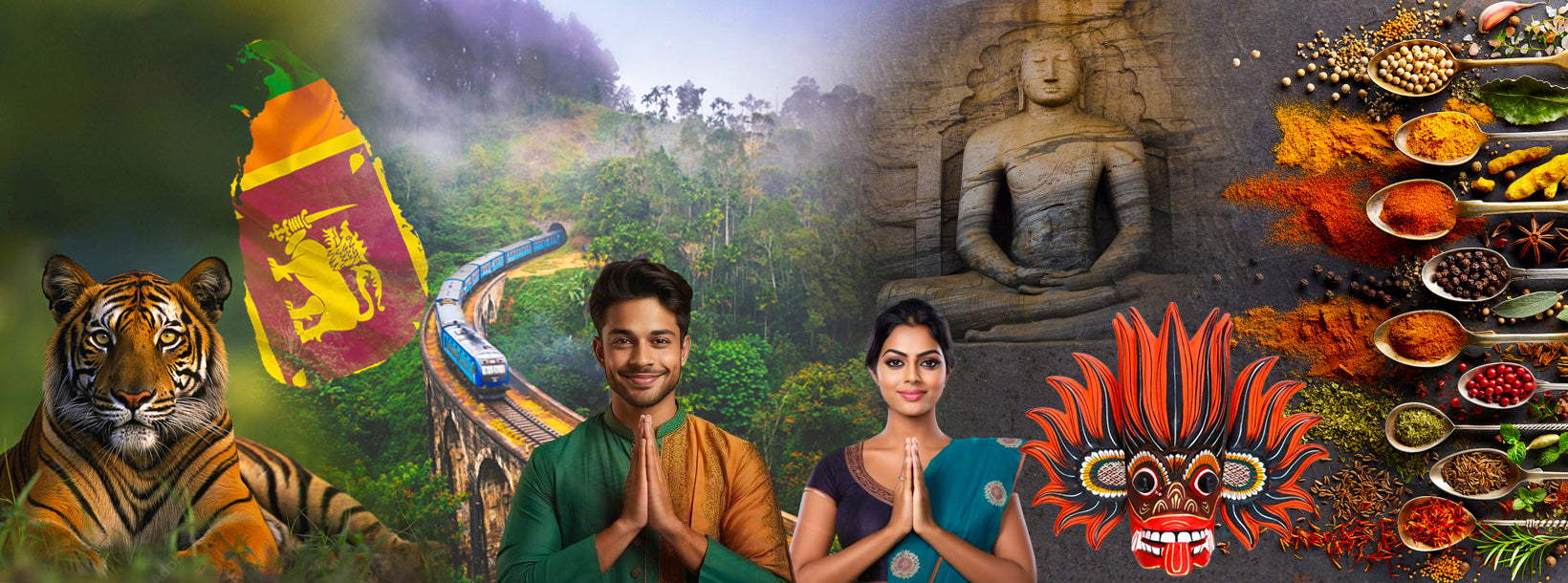
스리랑카
남아시아의 섬나라 스리랑카는 풍부한 문화 유산, 다채로운 자연 경관, 그리고 야생 동물로 유명합니다. 유서 깊은 사원, 깨끗한 해변, 울창한 차 농장, 그리고 활기 넘치는 축제 등 다채로운 매력을 자랑합니다. 스리랑카만의 독특한 문화, 따뜻한 환대, 그리고 맛있는 요리는 여행객들에게 매력적인 여행지로 자리매김합니다.
Sinhala
Sinhala is considered an Indo-Aryan language, though it has also been influenced by members of the Dravidian language group. Sinhala (sometimes referred to as Sinhalese) is one of the two local languages in the island country of Sri Lanka (population approx. 19 million). It is used widely in the Sri Lankan diaspora, as is Tamil, the second local language of the country.
Sinhala literature includes prose and poetic traditions, both of which have many subsidiary genres and have differed considerably throughout Sri Lanka’s history. The earliest extant literary production dates to the 9th century C.E. An early form of Sinhala was written in Brahmi script, in inscriptions dating to the 3rd and 2nd centuries B.C.E. The form of the script changed significantly between the 4th and 8th centuries C.E.
This is a syllabic alphabet in which all consonants have an inherent vowel. Diacritics, which can appear above, below, before or after the consonant they belong to, are used to change the inherent vowel. When they appear at the beginning of a word, vowels are written as independent letters. When certain consonants occur together, special conjunct symbols are used which combine the essential parts of each letter. A subset of the letters was used to write classical Sinhala. Extra letters and conjunct symbols were added to write the Sanskrit and Pali loanwords which expanded the language.










